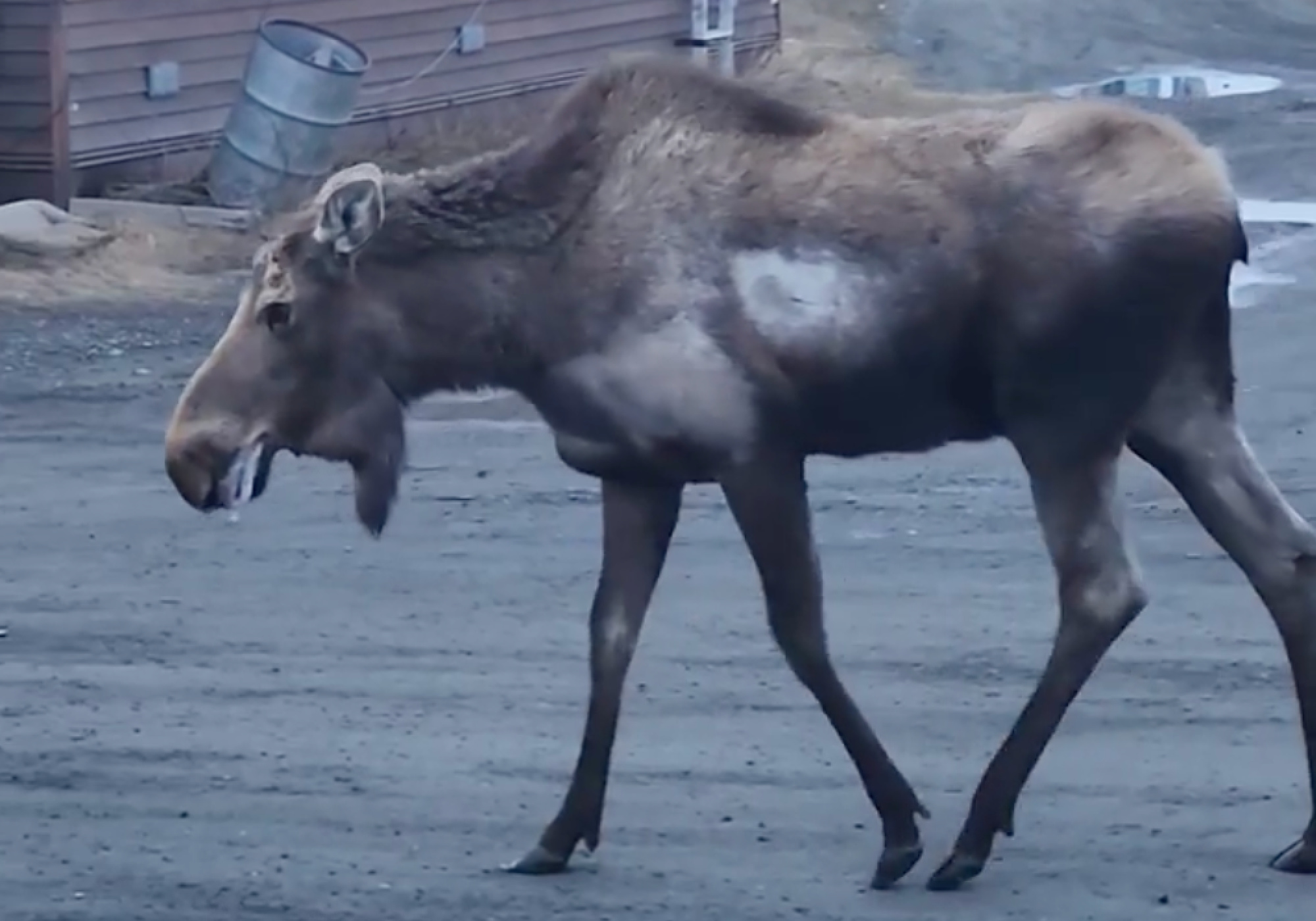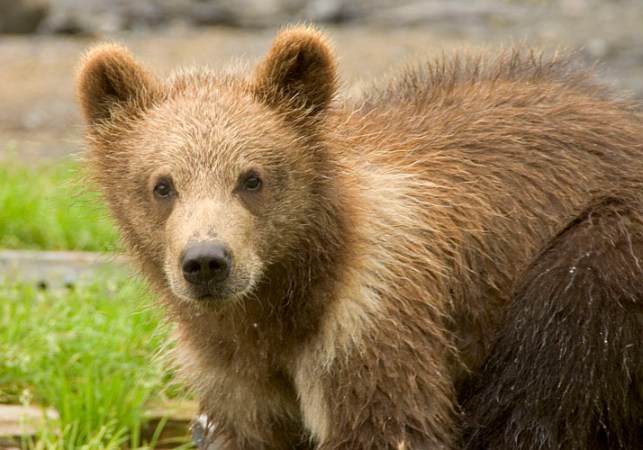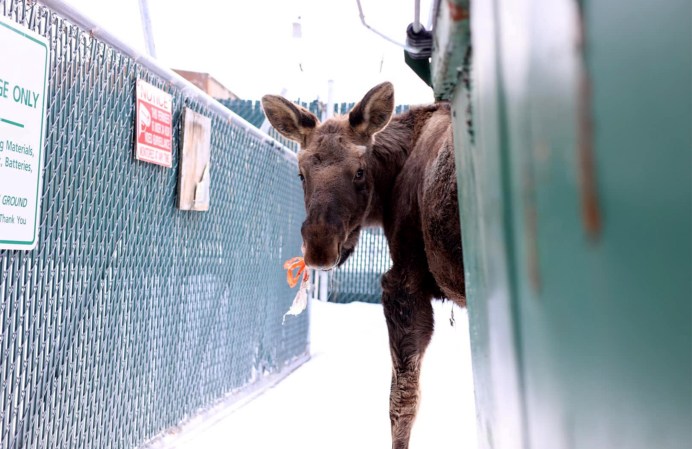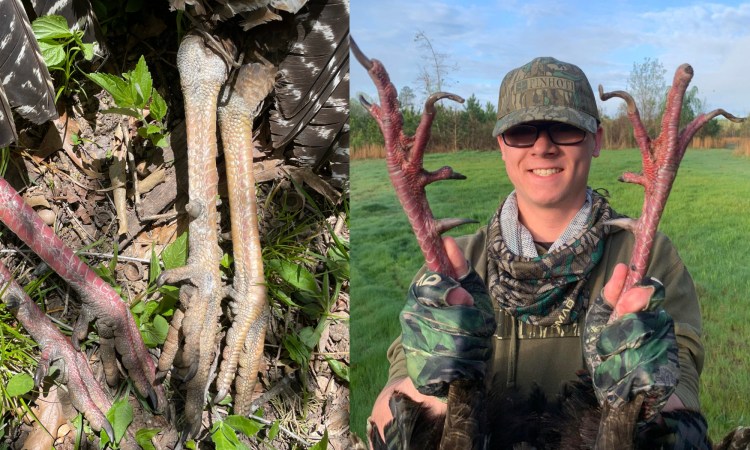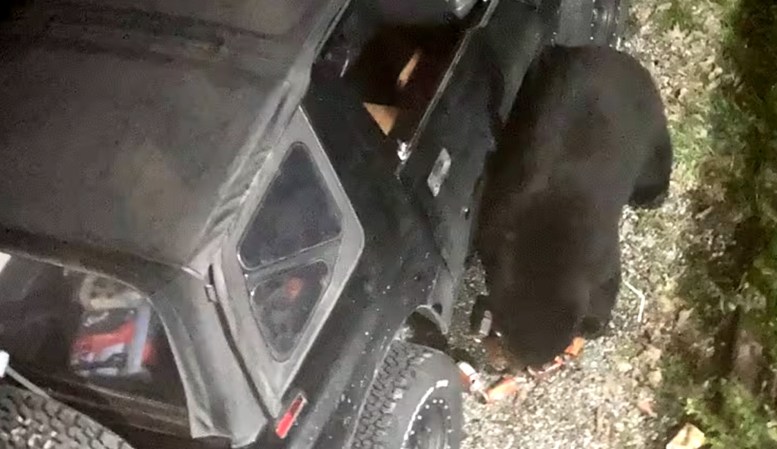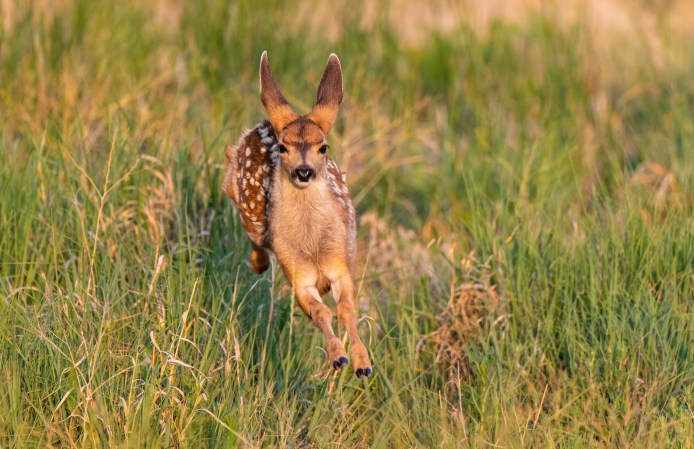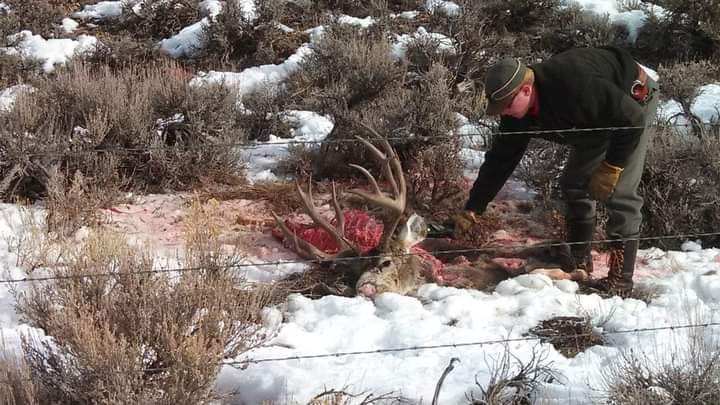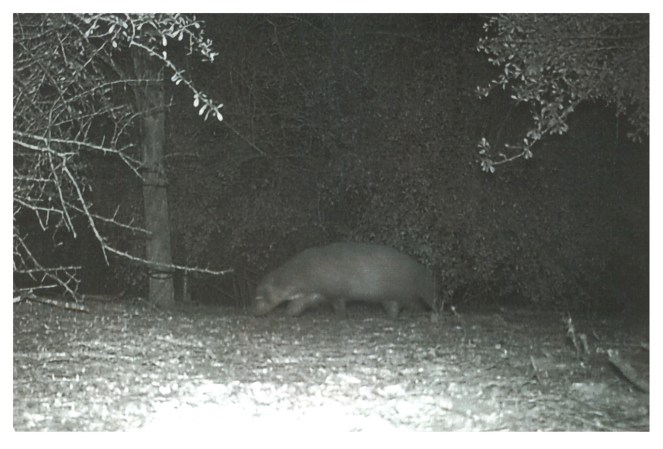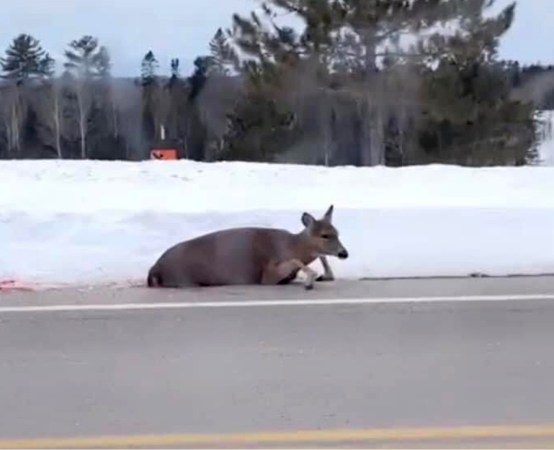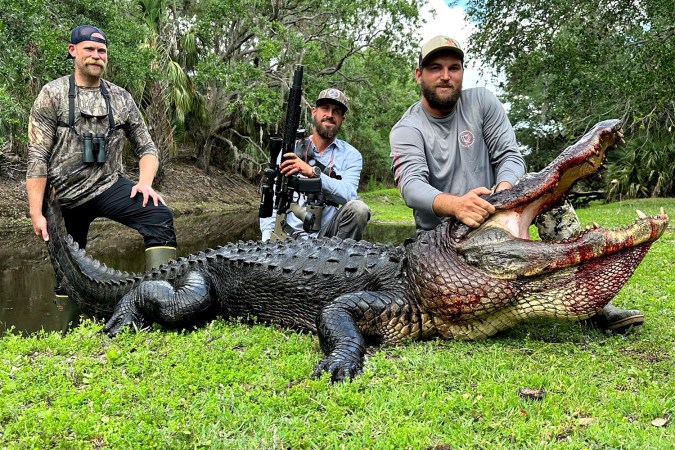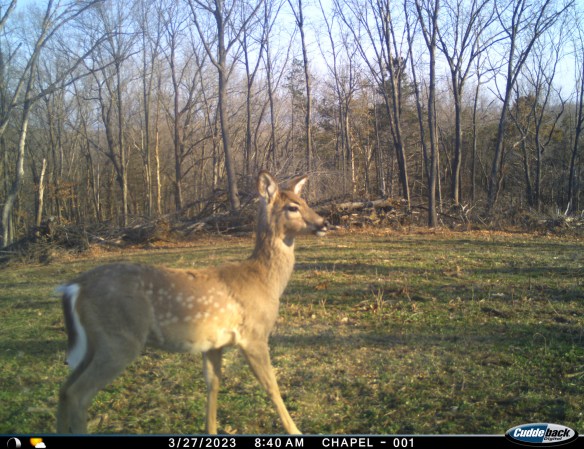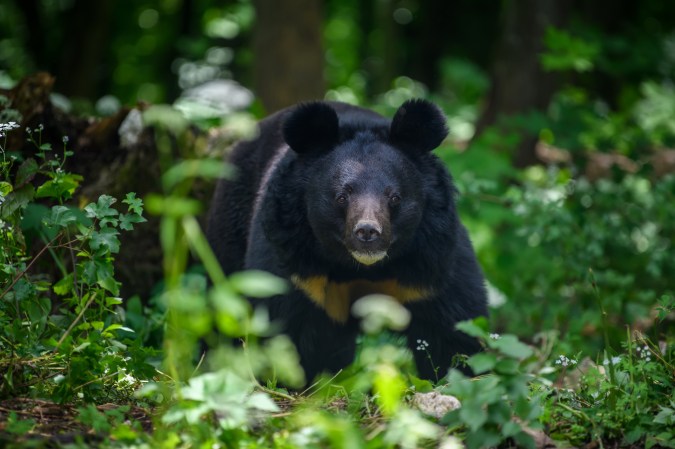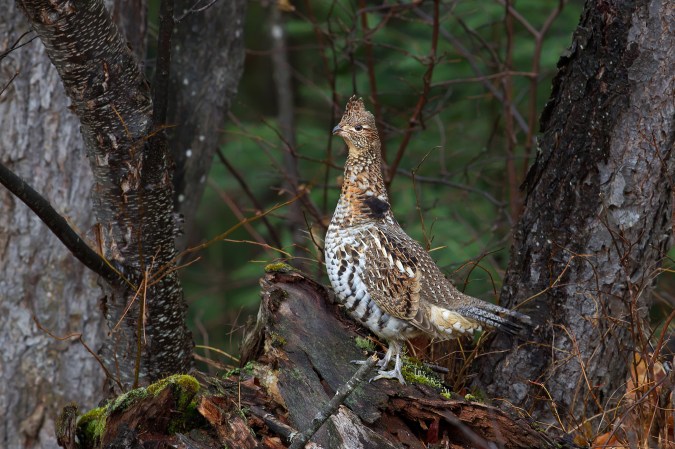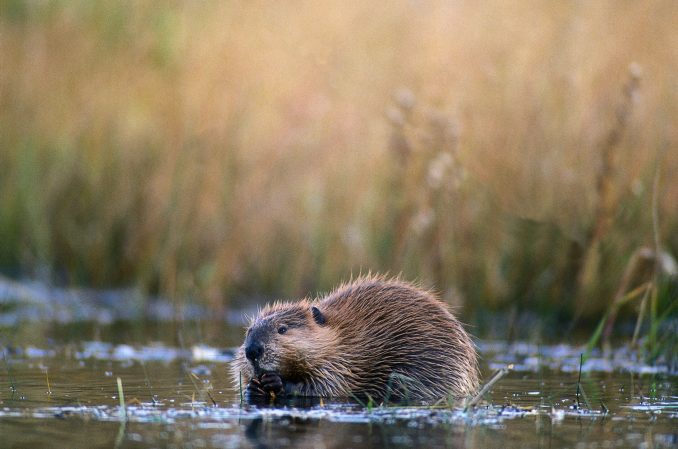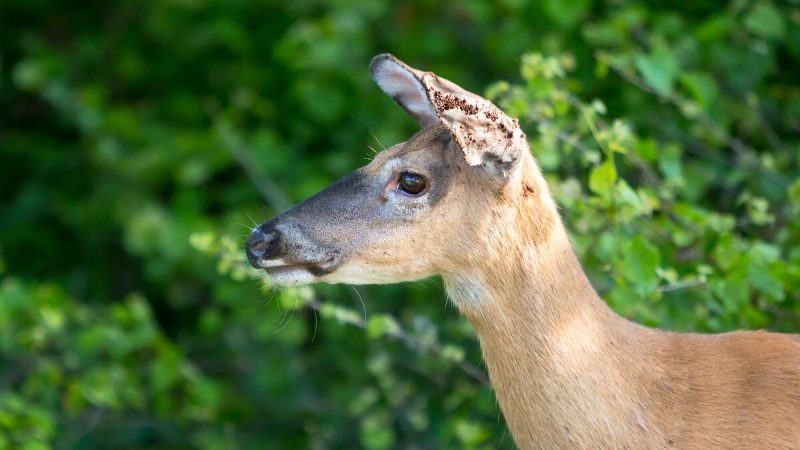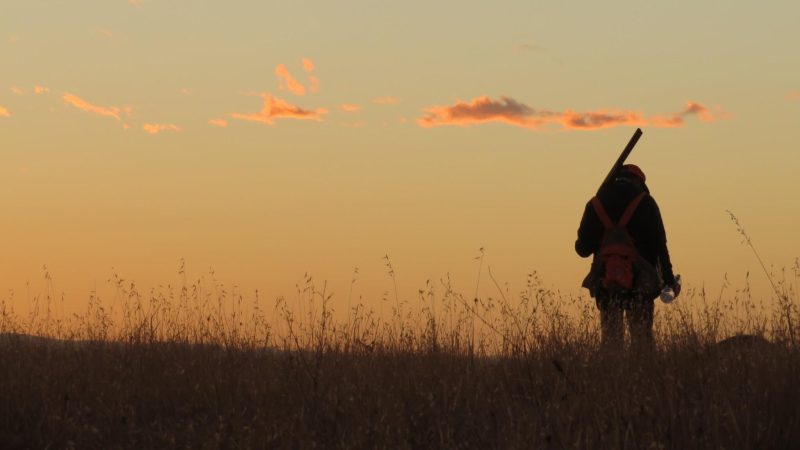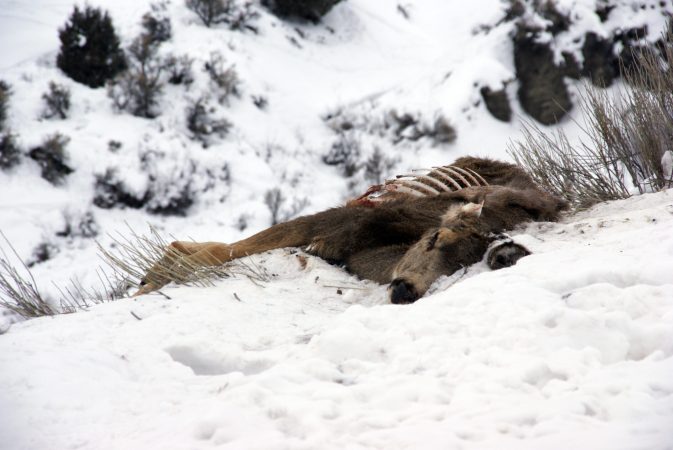A rabid bull moose wandered through Teller, Alaska on the morning of June 2. It was acting aggressively toward residents and struggled to maintain its balance. After receiving multiple reports from concerned citizens, agents from the Alaska Department of Game and Fish euthanized the moose that afternoon.
With big bald patches on its hide, eyes sunken into its head, and frothy drool dripping from its jowls, the moose was a textbook example of what an advanced rabies infection can do to an animal. After consulting with ADFG veterinarian Dr. Kimberlee Beckmen and dispatching the animal, ADFG officials from the Nome office collected brain samples for testing, according to a press release from the agency.
On June 5, the results came back positive, which marks the first time the state has ever documented rabies in moose before. Other known cases of rabid moose have been recorded in South Dakota, Minnesota, Canada, and Russia, so it’s possible that other moose in Alaska have contracted rabies in the past; ADFG only tests for the disease if neurological distress is visible.
Wildlife officials coordinated with the City of Teller and burned the moose carcass the following day.
Rabies in Alaska
Soon after the positive test results came back, the Center for Disease Control and Prevention confirmed that the rabies strain had originated in foxes. The same strain caused an outbreak among Arctic and red foxes in Nome and on the Seward Peninsula last winter, and both species are considered reservoirs for the disease by ADFG.
“This past winter, red foxes from the Nome and the surrounding area—including Teller—there were 66 tested total, and 28.8 percent were positive [for rabies],” Beckmen told reporters Thursday. She added that in a normal year, roughly 3 to 5 percent of red foxes test positive for rabies, with up to 15 percent testing positive during a typical outbreak.
In response to the incident, ADFG will increase surveillance of rabies in regions where it is known to occur. Biologists will take brain samples from any wild mammals found dead or euthanized in these areas. As for what the public can do to stay safe, ADFG says to continue be careful when handling moose carcasses and moose meat, and to keep all pets updated on their vaccinations. Hunters who harvest moose with no signs of illness or neurological issues should still feel confident in consuming the meat.
The public should also be aware of typical rabies symptoms and report any concerning animal sightings to AGFD. Otherwise, there’s no reason to panic, according to ADFG regional wildlife education and outreach coordinator Keane Richards. Richards posted information regarding the moose incident in various community Facebook groups, including one dedicated to neighboring Brevig Mission.
Read Next: Alaska Man Rescues Dumpster-Diving Moose That Was Choking on a Garbage Bag
“The summary is that there is no cause for alarm. While a moose with rabies is new, these cases will continue to be very isolated,” Richards wrote in a comment on his post. “We always try to remind folks that the most important thing (by far) we can do is to keep our pets current on rabies vaccines. We’re all much more likely to contract rabies from a pet than from any other wild animal.”

